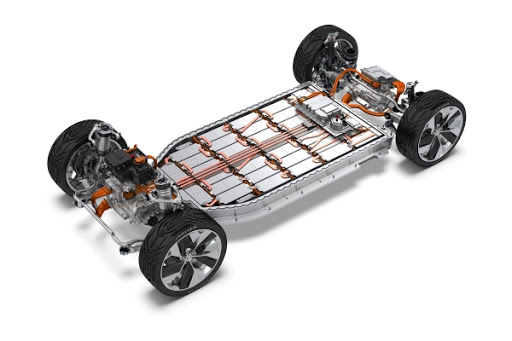
A new silicon anode production technology that can improve performances of lithium-ion batteries dramatically has been developed by a South Korean company.
LPN, which specializes in electronic materials, said it has developed a new production method for a nanosilicon-based high-capacity anode, Tuesday. It was testing the process to supply it to major global and local battery-making clients, the company said.
It has also developed a way to reuse natural graphite that are thrown away during production, making it the second Korean firm after Posco Chemical that can produce both natural and artificial graphite.
Anode materials absorb lithium-ion from cathode. It requires a stable structure and therefore carbon graphite is conventionally used, and is the most important component of a battery.
However, graphite brings challenges in increasing capacity. And those with high purity takes a long time to make. The inherent beneficial characteristics of graphite must be maintained while keeping prices manageable for use in batteries.
The global anode material market is dominated by China and Japan. China has the graphite reserve while Japan possess the core technologies.
The rapid growth of the electric vehicles market has pushed vendors to produce better anode materials.
LPN touts SiNx coating
Current graphite-using anode haves a capacity of up to 372mAh per gram. Alternatives to graphite such as lithium titanate has proven costly and difficult to produce.
LPN’s technology uses silicon nitride (SiNx) that can be used whether the graphite is natural or synthetic. SiNx is coated on the graphite. This allows the capacity to increase.
Other vendors were using silicon oxide (SiOx) as coating material but efficiency and capacity increase has not been substantial.
LPN said its SiNx method recorded over 90% efficiency and marked 520mAh per gram capacity both in testings done by a large South Korean conglomerate and China’s national standard institute.
The pilot line for the anode materials will be prepared by November. It will have an annual production capacity of 480,000 tons by 2023, LPN said.
The company also stressed that it can reduce the sizes of graphite to 30-nanometers, and can do so what took ten hours before within an hour. It can also recover graphite that are thrown away during this process, it added.

